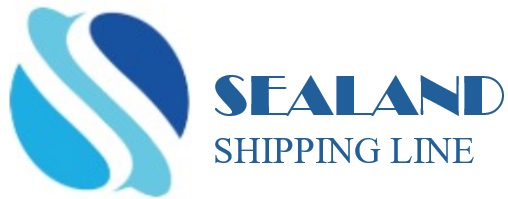For years, the shipping industry has focused on regulations and procedures to improve safety. Yet shipping is still at risk of major accidents. The whole industry needs to change its focus. Ticking boxes never made anyone safer, argues Dr Torkel Soma, chief scientific officer at SAYFR in the first of a two-part series for Splash.
It has been well documented that most maritime accidents (~80%) are caused by human error. Still, most of the focus on learning is rooted in technical causes and adding procedures and checklists.
Despite this bias, many accident investigation reports pinpoint that the leadership or safety culture was the root cause of more recent accidents such as the Bulk Jupiter, El Faro, Helge Ingstad and Costa Concordia, as well as older accidents such as the Exxon Valdez, Bow Mariner, Herald of Free Enterprise and Amoco Cadiz.
Industry blind spot
The critical failures leading to the accident were in most cases known before the accident took place. This demonstrates that failures which are not handled properly may develop into critical situations and accidents. This is a blind spot because the biased focus on technicalities and “impeccable” safety inspections makes people reluctant to be open about their failures, concerns and mistakes.
We at SAYFR think shipping companies, and the whole industry, needs to change its focus. Thousands of auditors and inspectors across the world are engaged by classification societies, flag and port state authorities, vetting and insurance companies and HSEQ departments. They verify that ships do the right thing and comply with technical and procedural requirements. However, ticking boxes never made anyone safer.
Cover-up culture
Also, and worryingly, there is a cover-up culture causing errors and unsafe practices. There are now so many procedures and checklists that, in some cases, it is impossible to comply with all of them. The fear of failure is driving accident statistics, and surveys reveal that 45% of seafarers admit that they regularly do not comply with procedures.
I firmly believe that human factors are key to prevent threats and failures from escalating. Yet improving safety or performance is about improving not only individuals but also the collaboration between sea and shore staff, between officers and crew and between different nationalities and cultures on board ships.
Huge potential to reduce accidents
Although this is recognized, it is not always addressed, so I believe a new approach is necessary to improve collaboration and reduce risks. Indeed, collaboration is strongly correlated with the risk of accidents and business interruption. Our experience of working on multiple projects over the years shows that it is possible to reduce the risk of major accidents by up to 75%.
However, there is no quick fix to improve collaboration and implement behavioural changes through, for example, training courses. Changing the culture is key and that process takes time. To help operators improve their approach to safety, proven methodologies must be used.
Culture assessments key to improving safety
In order to understand how the organizational culture influences safety, there is a need to use methodologies specialized for this purpose. One thing that many people are ignorant of is that a key professional competence of organizational psychology is advanced mathematics and data analysis. The evaluation of organizational culture relies on interviews, observations and questionnaires applying psychometric instruments that are tailor-made to ensure valid and reliable results. The professionals drive the process while the data provides the results. As a consequence, the more and better the data on these topics, the more valid, reliable and to-the-point are the results. Therefore, SAYFR has developed tailor-made psychometric instruments to assess these topics and has a database of responses from about 300 000 seafarers.
Reduction in the frequency of serious accidents
It is not only the psychometric instruments that rely on data. The use of digitalization, the internet of things (IoT), sensor data, machine learning, and big data has picked up in recent years. The idea is that those with the most data can create the best analytics and forecasts. With the use of more quality data, risk assessments and worst-case scenario simulations provide reliable predictions and identify effective interventions to prevent accidents.
In short, what we at SAYFR see is that the best shipowners and operators have a proactive organizational culture that goes beyond ticking the ‘compliance boxes’ and instead applies a collaborative, trusting approach from top to bottom in the company’s organization. This also includes assessing culture using valid and reliable survey instruments. This is what really helps to improve safety.
Source: Splash


